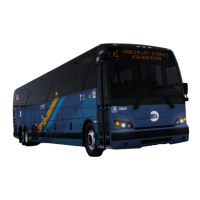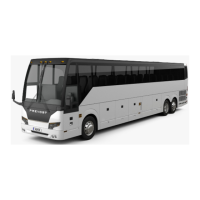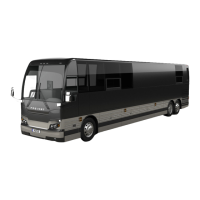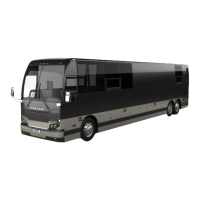SECTION 12: BRAKE AND AIR SYSTEM
DOB 1300-1556 | X3-45 Commuter PA-1648 Maintenance Manual First release Oct 2020
After fitting new pads,
1. Turn the adjuster (thru shear adapter)
clockwise
until the pads come into
contact with the disc.
2. Then turn back the adjuster
counterclockwise
three “clicks” and
check the caliper running clearance.
• During the turning of the adjuster, you will
notice a changed clicking noise. It is not
caused by a defect of the mechanism.
• Also the “feel” during the rotation of the
adjuster and the position of the spanner
after the 3 clicks has changed.
17. SAFE SERVICE PROCEDURES
Most recently manufactured brake linings no
longer contain asbestos fibers. Instead of
asbestos, these linings contain a variety of
ingredients, including glass fibers, mineral wool,
aramid fibers, ceramic fibers, and carbon fibers.
At present, OSHA (Occupational Safety and
Health Administration) does not specifically
regulate these non-asbestos fibers, except as
nuisance dust. Medical experts do not agree
about the potential long-term risks from working
with and inhaling non-asbestos fibers.
Nonetheless some experts think that long-term
exposure to some non-asbestos fibers could
cause diseases of the lung, including
pneumoconiosis, fibrosis, and cancer.
Therefore, lining suppliers recommend that
workers use caution to avoid creating and
breathing dust when working on brakes that
contain non-asbestos fibers.
WARNING
Whenever possible, work on brakes in a
separate area away from other operations.
Always wear a respirator approved by NIOSH
(National Institute of Occupational Safety and
Health) or MSHA (Mine Safety and Health
Administration) during all brake service
procedures. Wear the respirator from removal
of the wheels through assembly.
WARNING
NEVER use compressed air or dry brushing
to clean brake parts or assemblies. OSHA
recom
mends that you use cylinders that
enclose the brake. These cylinders have
vacuums with high efficiency (HEPA (Health
and Environment Protection Agency)) filters
and workman’s’ arm sleeves. I
equipment
is not available, carefully clean
parts and assemblies in open air.
During disassembly, carefully place all parts
on the floor to avoid getting dust into the air.
Use an industrial vacuum cleaner with a
HEPA filter system to clean dust from the
brake drums, backing plates and other brake
parts. After using
remaining dust with a rag soaked in water and
wrung until nearly dry.
If you must grind or machine brake linings,
take additional precautions, contact with fiber
dust is higher during t
addition to wearing an approved respirator, do
such work in an area with exhaust ventilation.
When cleaning the work area, NEVER use
compressed air or dry sweeping to clean the
work area. Use an industrial vacuum with a
HEPA filter and
wrung until nearly dry. Dispose of used rags
with care to avoid getting dust into the air.
Use an approved respirator when emptying
vacuum cleaners and handling used rags.
Wash your hands before eating, drinking or
smoking. Do not wear your work clothes at
home. Vacuum your work clothes after use
and then launder them separately, without
shaking, to prevent fiber dust from getting into
the air.
Material safety data sheets on this product, as
required by OSHA, are available from
Rockwell and Knorr-Bremse.
18. AIR BRAKE TROUBLESHOOTING
The following tests and check lists have been
designed to identify the cause(s) of a sluggish
performance and/or leaks in the system. These
tests require very little time to perform, and give
you a general idea of the system condition. Each

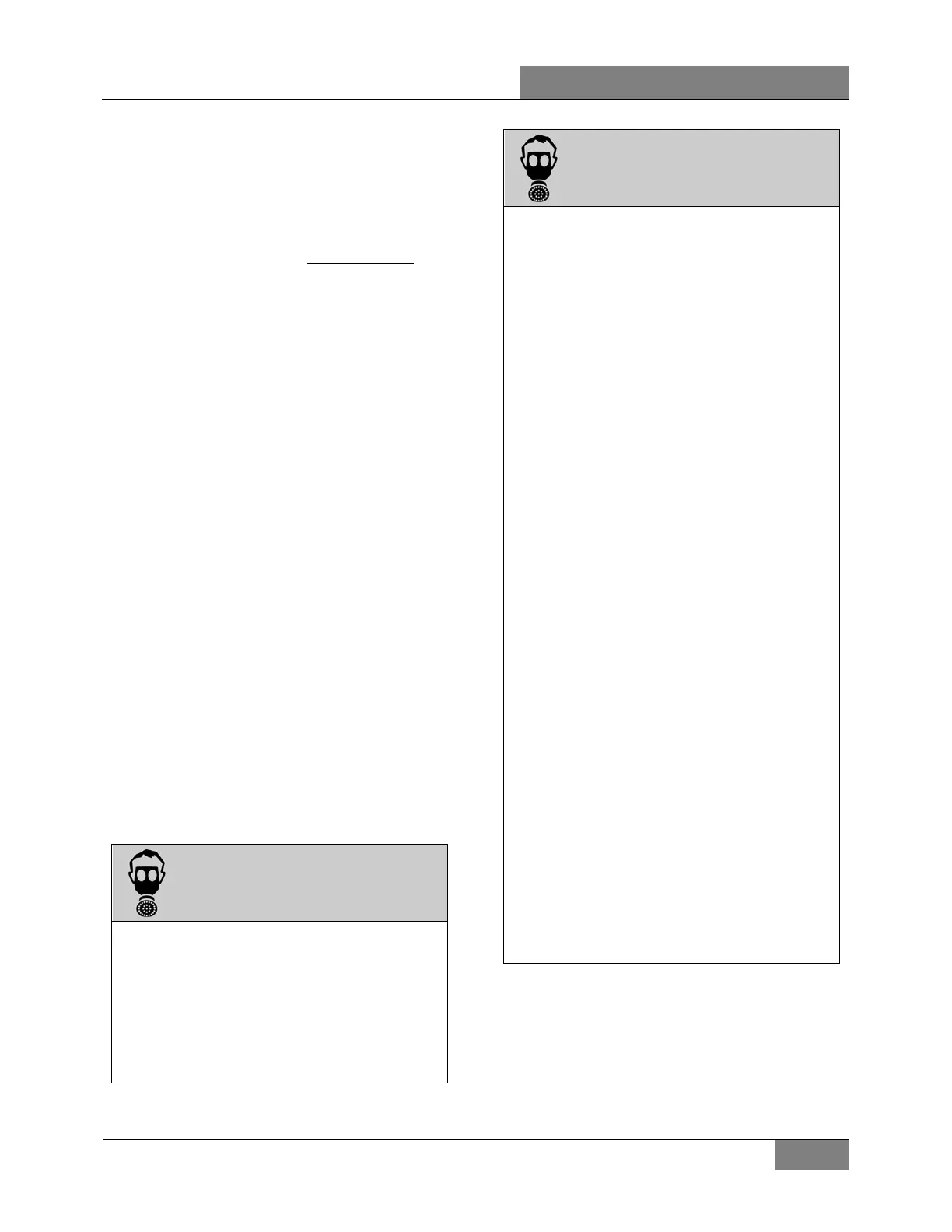